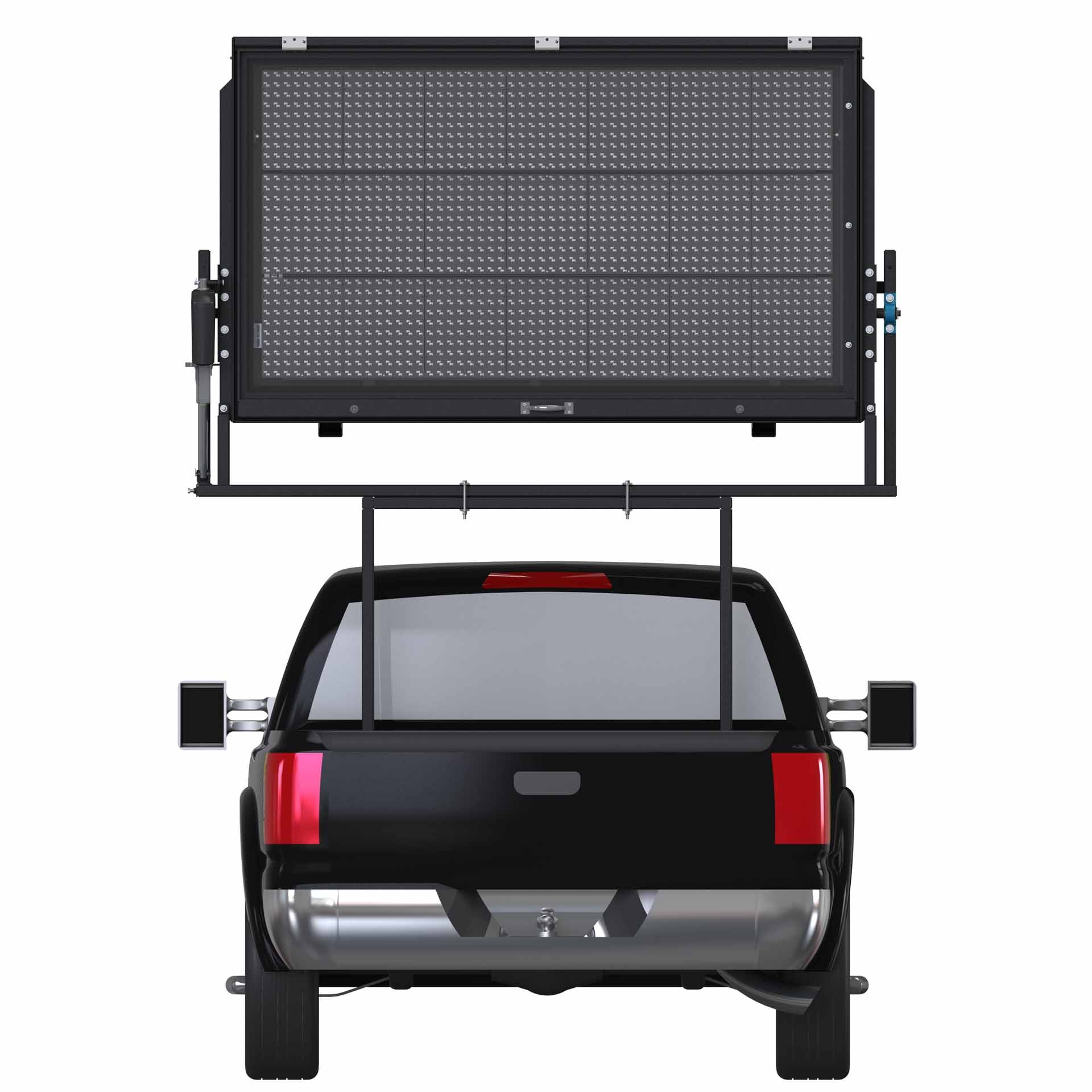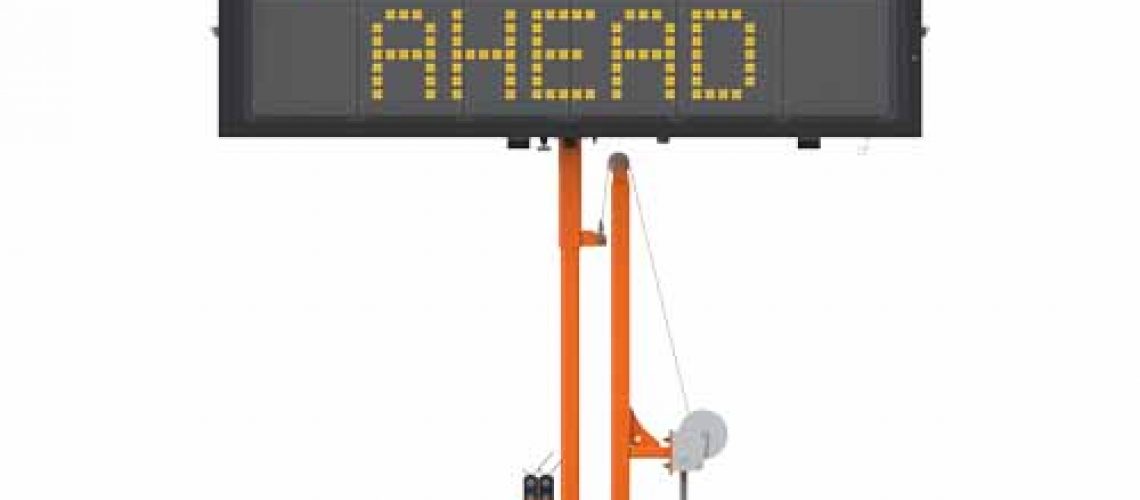California’s roads are some of the busiest in the country, requiring innovative solutions to keep traffic flowing and motorists safe. Digital traffic signs in California are reshaping how we navigate highways, detours, and busy intersections. These signs, including changeable message signs, are essential tools for modern traffic management. Let’s explore their benefits, how they integrate with smart systems, and their impact on drivers and transportation across the state.
What Are Digital Traffic Signs?
Digital traffic signs, also known as electronic signs, are advanced roadway tools that display important information to motorists. Unlike static signs, these can be updated in real time to show messages about road conditions, detours, or emergencies.
In California, Caltrans primarily uses these signs on highways and urban roads to enhance communication with drivers. However, they are not limited to highways—you may see them in city centers or near construction zones.
How Do Digital Traffic Signs Improve Safety?
The primary goal of digital traffic signs is safety. By providing up-to-date messaging, they help manage traffic and reduce accidents. For example:
- Weather Alerts: Drivers get warnings about fog, rain, or ice, helping them prepare and avoid risky conditions.
- Accident Updates: These signs can inform drivers of lane closures, offering detour needed options to prevent bottlenecks.
- Speed Limits: Digital signs can display variable speed limits based on traffic flow, reducing congestion and discouraging aggressive driving.
The Federal Highway Administration has set federal guidelines to ensure these signs meet national standards for visibility, clarity, and placement.
Integration with Smart Transportation Systems
Digital traffic signs are part of a larger effort to integrate technology into roadways. California’s push toward smart transportation systems combines these signs with other tools like cameras and sensors.
In cities like Oakland, smart systems detect real-time traffic conditions and adjust messaging accordingly. For example, if an accident occurs on an interstate, the signs might display warnings and suggest alternate paths.
This smart integration isn’t just about safety; it’s about efficiency. Drivers benefit from reduced delays, and transportation agencies can allocate resources more effectively.
Why Are Changeable Message Signs Important?
Changeable message signs are a specific type of digital traffic sign that allows for quick updates. These are often used in construction zones or during emergencies.
Imagine a scenario where a detour is needed due to flooding. A changeable message sign can be updated instantly to redirect motorists, minimizing confusion and delays.
How Digital Traffic Signs Impact Traffic Management
Digital signs do more than inform; they actively manage traffic by influencing driver behavior. For instance:
- Encouraging drivers to merge early during lane closures.
- Reminding motorists of upcoming exits to reduce sudden lane changes.
- Displaying wait times for border crossings or major urban hubs like Oakland.
This proactive approach makes roads safer and more predictable.

Challenges of Digital Traffic Signs
While the benefits are clear, digital traffic signs also face challenges. Some messages can be misunderstood if not displayed properly. Additionally, there’s the risk of overuse.
When signs are cluttered with too much important information, drivers may not process it all, leading to frustration or confusion. Following federal guidelines ensures that the messaging stays focused and effective.
Pop Culture and Larger Media Campaigns
Digital signs sometimes feature messages that tap into pop culture references to grab attention. You might see humorous or creative messaging, such as:
– “Use the Force, Don’t Speed” during a “Star Wars” campaign.
– “Don’t Drive Buzzed – It’s Not a Game” tied to a video game release.
These campaigns, part of a larger media campaign, aim to make safety messaging more memorable for drivers.
The Dark Side of Digital Traffic Signs
Despite their benefits, there’s a dark side to digital signs. They can sometimes be hacked, displaying unintended or inappropriate messages.
This misuse can create confusion and undermine trust in the system. Ensuring robust cybersecurity is a critical focus for Caltrans and other agencies.
How California Compares to Other States
When it comes to digital traffic signs, California is a leader. Other states are adopting similar technologies, but California’s vast and varied road network presents unique challenges.
By adhering to federal guidelines and innovating with smart systems, the state remains a model for the rest of the country.
The Future of Digital Traffic Signs
As technology advances, digital traffic signs in California will continue to evolve. Future innovations may include:
- Integration with autonomous vehicles to provide messages directly to onboard systems.
- Improved energy efficiency, using solar power for signs in remote areas.
- Enhanced displays that adapt to weather conditions, ensuring visibility at all times.
Conclusion
Digital traffic signs in California, by Capitol Barricade are transforming how we navigate roads, combining technology with practical solutions to improve safety and efficiency. From managing traffic flow to reducing aggressive driving, these signs are an essential tool for the modern driver.
As California leads the charge in adopting smart systems, the future of roadway communication looks bright—despite the occasional dark side. Whether you’re driving through Sacramento or a rural highway, these electronic signs ensure you’re on the right path.


